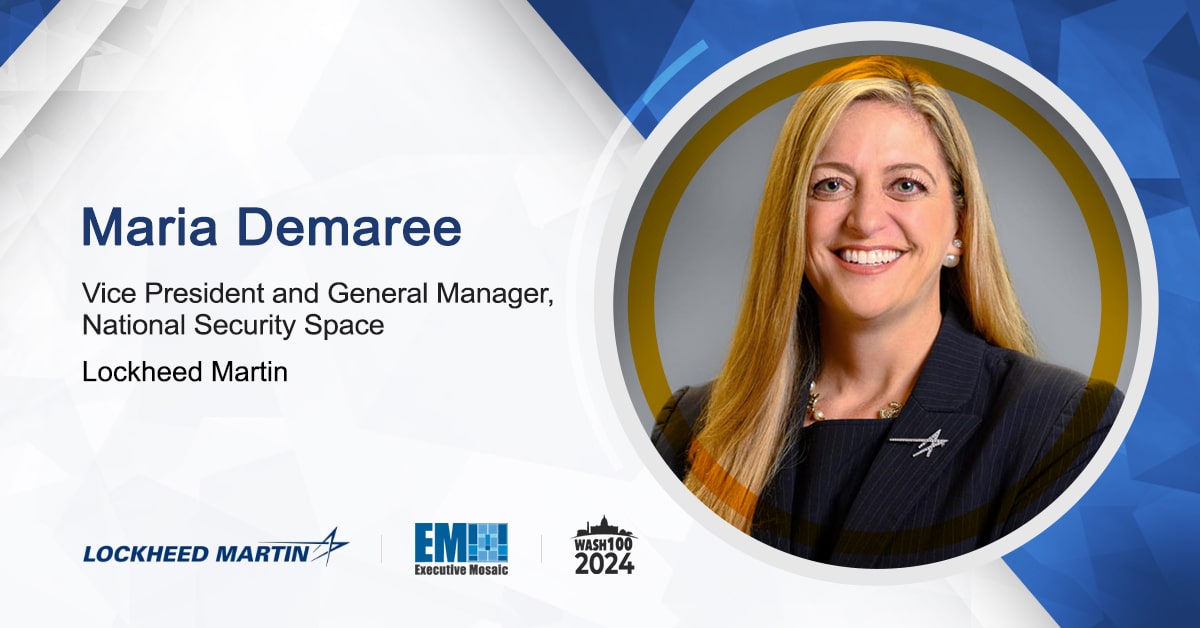With the growth and availability of open source data combined with an increasingly urgent need for speed in accessing data, organizations are shifting the way they think about classification and cybersecurity.
Executive Mosaic recently spoke with Scott Price, general manager of Microsoft’s Industry Solutions Division for the IC, to explore how government contractors are adapting to new trends in the federal landscape and what those shifts might mean for agencies.
Read what Price has to say about cybersecurity, national security, cloud and more in his Executive Spotlight interview below.
Can you talk about how cybersecurity has impacted or changed the national security paradigm? What new trends or shifts are you seeing at the intersection of cybersecurity and national security, and how are those trends influencing the public sector today?
Cybersecurity has been top-of-mind for government for many years now, so I don’t feel like it’s a particularly new issue for them. In fact, if you look at the national cybersecurity report released in March 2023 out of the Biden-Harris Administration, it’s more about enhancing existing policies as opposed to introducing new ones.
But if we look at what cloud service providers are concerned with, such as Microsoft, cybersecurity takes center stage. Protecting the customer’s data and the ability to trust a cloud service provider is paramount to our approach. As our customers think about cyber protection, cloud computing is critical to their strategies. On-premise systems generally have too much complexity. Complexity comes in the form of seams, which create vulnerabilities. Microsoft takes a zero-trust approach to protect their data seamlessly.
What do you think are the most pressing national security threats we’re facing today? How is Microsoft Federal addressing these threats?
When I talk to our customers about the threat landscape, three things come immediately to mind: speed, volume and culture. They are dealing with vast amounts of data relative to the threat landscape, and it’s critical that they can consume that data at a very rapid pace — and then extract actionable insights in order to preempt and address the particular threat.
Then there are the cultural implications. Customers are really grappling with questions like, ‘If we must move faster, what does that mean for our current processes? How does that impact talent acquisition? How does the work we do on the high side versus low side change? What considerations are there with AI and machine learning and procurement?’
At Microsoft, we’re trying very hard to reduce the gap between federal and commercial capabilities. Cloud-based computing is a big part of that for us because of the massive scale of cloud as well as the geographic dispersion and the multimodal use that our customers need right now. We’re striving to be very thoughtful about the cultural challenges that they face and the potential for cultural resistance. One of the ways that we do that is by trying to bring to customers best practices from other industries such as finance, manufacturing and banking, so that our customers know these practices are very mature.
How have shifting geopolitical dynamics impacted U.S. intelligence? What have we learned and how are our country’s intelligence capabilities evolving to meet new mission needs?
There’s this constant drum beat around the role of open source, social media and those kinds of things that provide very early indicators of nefarious activities. With Covid, the war in Ukraine and some livestream activities, I think we’re forced to come to grips with what activities need to be performed on the high side versus the low side. You’re going to need to operate on multiple fabrics to achieve the speed and volume requirements of new mission needs.
All those things are really shaping how information is collected, processed and disseminated. This begs the basic question, ‘Do you have to make a trade-off of speed over security, or can you have both? And if so, what does it look like?’ So those are the kind of questions that we’re working on with our customers.
Open source intelligence and the need for information sharing between mission partners are on the rise. How is your organization adapting to these needs?
That’s a great question because it’s exactly what we’re doing right now. It’s very much about operating at parity across all fabrics, whether it’s unclassified, secret or top secret. It’s also about stitching together the capabilities across a single cloud or multiple cloud providers for scale and redundancy. You want to give the agencies the opportunity to decide what is right for their mission needs. That’s a big focus for us right now, adapting to working seamlessly across all fabrics with appropriate security controls injected at all levels.
Our approach is also to provide an overlay for our customers so that they can operate and manage in a multi-cloud environment. That’s pretty unique to Microsoft, that we’re very comfortable helping our customers have a view of what’s happening on-premises, what’s happening at cloud providers A, B and C, as well as at Microsoft so that they can have that complete view. It’s this notion of a single pane of glass that brings it all together and puts the customer in charge of their complete enterprise.







